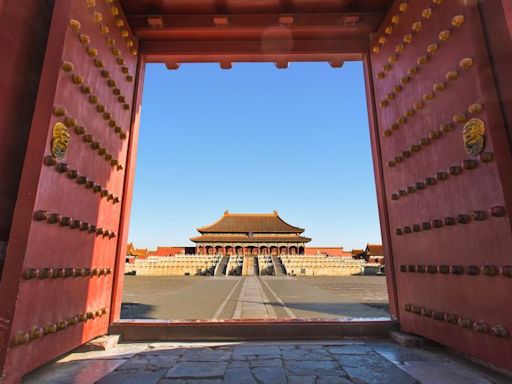Search results
Tiger testicles and mythical banquets: What China’s emperors inside Beijing’s secretive Forbidden City really ate
It’s been a century since China’s last emperor was evicted from Beijing’s Forbidden City. A historian with rare access to the palace’s sealed archives lifts the lid on some of its culinary mysteries.
CNN via Yahoo
5 hours ago
Kunitsu-Gami: Path of the Goddess review
Thanks to these features I get the best of both worlds—I can sit and properly think out a new strategy whenever I need to, but if I do have an idea I can...
PC Gamer via Yahoo
23 hours ago
Daylight saving time ( DST ), also referred to as daylight saving (s), daylight savings time, daylight time (United States and Canada), or summer time ( United Kingdom, European Union, and others), is the practice of advancing clocks to make better use of the longer daylight available during summer so that darkness falls at a later ...
Daylight Saving Time (DST) is the practice of setting the clocks forward one hour from standard time during the summer months, and back again in the fall, in order to make better use of natural daylight. Clocks are set forward 1 hour for DST in the spring.
Most of the United States observes daylight saving time (DST), the practice of setting the clock forward by one hour when there is longer daylight during the day, so that evenings have more daylight and mornings have less.
What Is Daylight Saving Time? DST is a seasonal time change measure where clocks are set ahead of standard time during part of the year. As DST starts, the Sun rises and sets later, on the clock, than the day before. Today, about 40% of countries worldwide have DST to make better use of daylight and conserve energy.
Mar 6, 2024 · What is it? To farmers, daylight saving time is a disruptive schedule foisted on them by the federal government; a popular myth even blamed them for its existence. To some parents, it’s a...
Mar 5, 2024 · Daylight saving time ends at 2:00 a.m. local time on the first Sunday in November, when clocks fall back by an hour and observers gain an hour of sleep. 3:03. What's behind the changes in...
Mar 2, 2010 · Daylight saving time, or DST, is the period of the year when clocks are moved one hour ahead. In the United States, this has the effect of creating more sunlit hours in the evening during months when the weather is the warmest.


